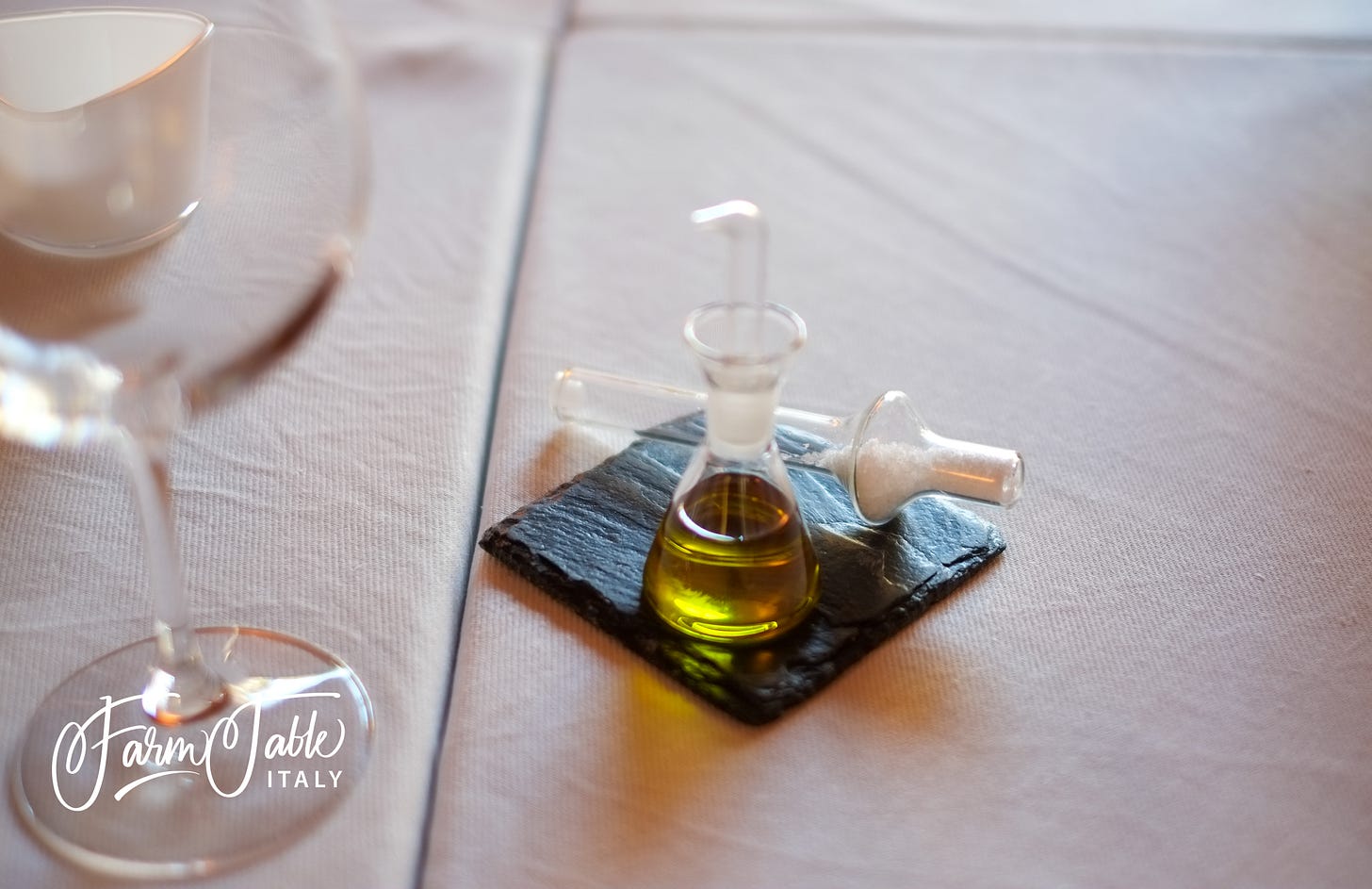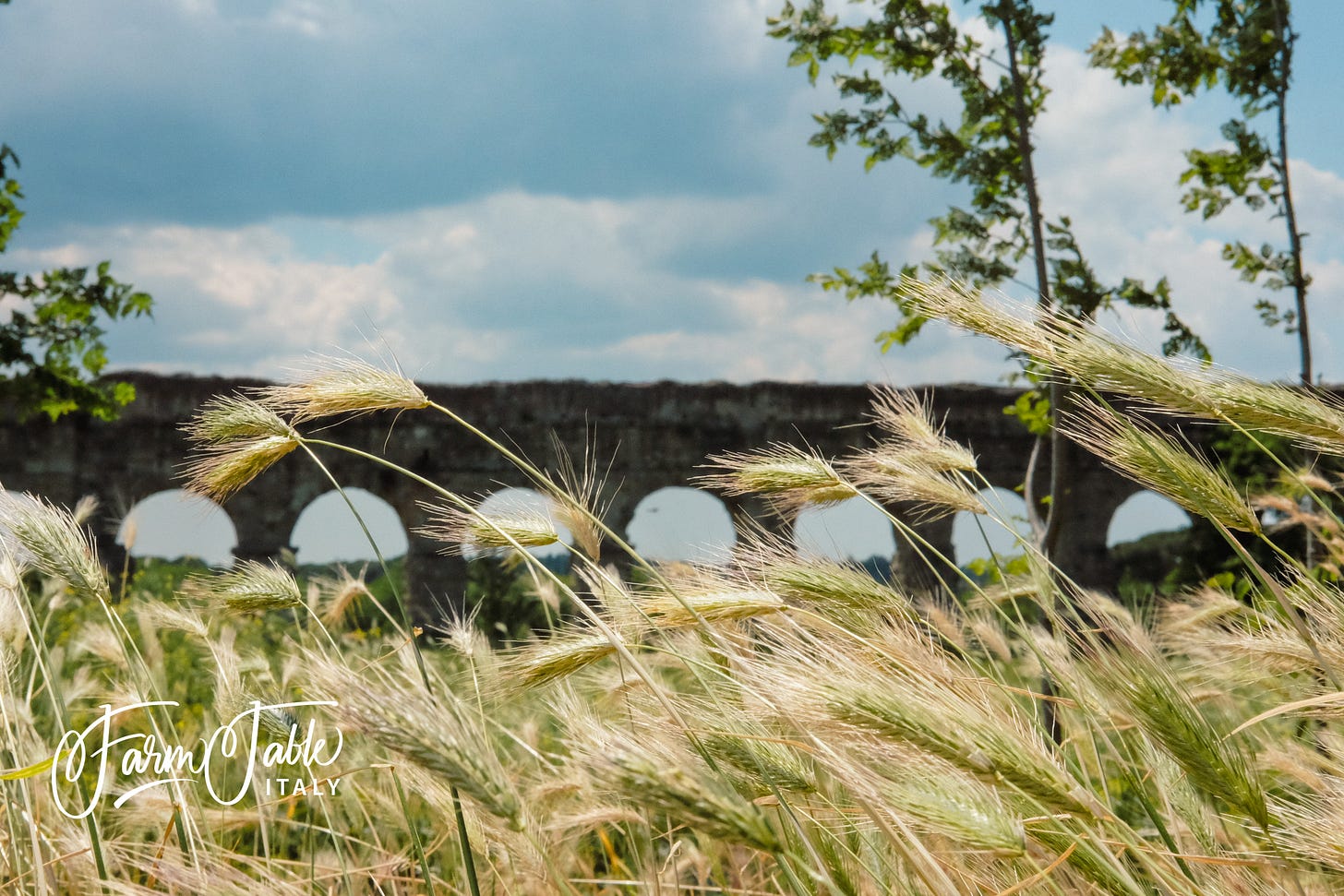The Mother Cuisine
Three Part Series on Italian Cuisine
This newsletter is about Italy, experiential travel and food ... but maybe not in that order. So as we begin this journey, a brief three-part series that defines the scope of Italian food seems like a good place to start! Buon appetito!Part I - The Mother Cuisine
Italian food has been called the first fully-developed cuisine in Europe. But what do we mean by “cuisine”? Think of it as food that is prepared carefully and with consideration given to taste, such as through the use of spices & herbs. In addition, the concept involves the mating of foods and ingredients together, and the development and sequencing of the stages of a complete meal. It’s impossible to point to a single event when this all coalesced, but its Western development appears to have started in the courts of the Medici in Florence. Many consider the marriage of Catherine de Medici to the future King Henri II of France to be the point at which the Italian concept of cuisine ventured outside of the peninsula … and changed the world.
But while that famous marriage might been its coming out, much of Italian food & cuisine owes its origins to the Roman Republic and Empire. Food in the Roman Empire calls to mind the lavish banquets held by her emperors, but the story begins with the humble mineral, salt. Roman sheep herders utilized salt for their herds by evaporating sea water near the mouth of the Tiber River. Soon, surplus salt served as the basis for trade with the Etruscans to the North and the Greeks to the South. That trade helped to fuel the expansion of the empire and was important enough that one of the main roads out of Rome was called the Via Salaria (literally, the Salt Road.)
The trade that flourished under Roman rule brought many ancient foods and grains to Italy. Roman soldiers were fueled by palentum, a simple porridge based on a primitive wheat or spelt whose modern descendant we call polenta. Rome certainly conquered, but its greatest strength was its tendency toward an aggressive assimilation of conquered territories and possessions into the greater Roman world & lifestyle. Roman conquest brought yeast for bread from Gaul; fruits, vegetables, and spices from across Europe, Persia and Africa. And so it was that many of these foods were incorporated into the Roman diet.
The Forum of Trajan in Ancient Rome was a huge market for all kinds of meats and produce many of which came from the conquered territories. Conquest turned the cook from the job for a slave to a highly-valued profession. Researchers have discovered ancient recipes for a wide variety of foods that we might recognize today; albeit with slight variations. (For example, lovers of sweets will note that cheesecake was a Roman invention; probably using something similar to modern ricotta.)
The fall of Rome had much of the same effect on cuisine as it did on the rest of Western civilization — a large step backwards. Interestingly, during the Middle Ages, monasteries were the source of the best of what remained of the Roman diet. Islamic invasions of Southern Europe in the Ninth Century stirred things up again by bringing Eastern flavors to Italy. Ice cream and sherbet were brought by the Arabs (who had learned it from the Chinese.) The Crusades brought sugar and buckwheat back from the Saracens of North Africa. (Today, gran saraceno is the Italian phrase for buckwheat.) Sugar may have been introduced earlier, but was difficult to cultivate in Europe and was not used as the basis for desserts for quite some time; rather it was seen as a spice.
When we pick things up in the next entry in this series, we will touch upon the impact of the travels of Marco Polo, the rise of Venice, and the Renaissance on the development of Italian cuisine.
Part II preview: Marco Polo, Venice & the Renaissance.
Coming later this week ...





Absolutely wonderful!!! Can't wait for part 2
Thanks for condensing this rich and complex history of the cuisine down to some of the key influences....Janette